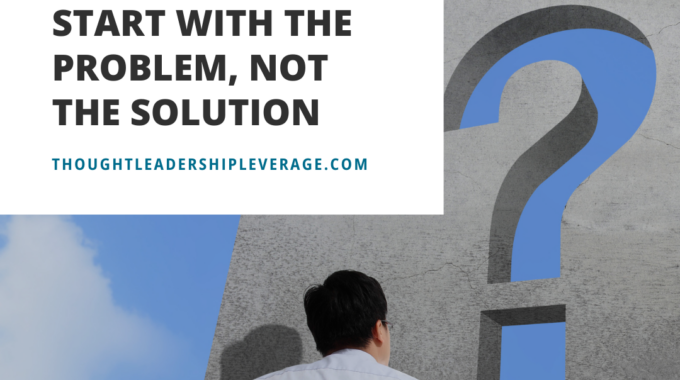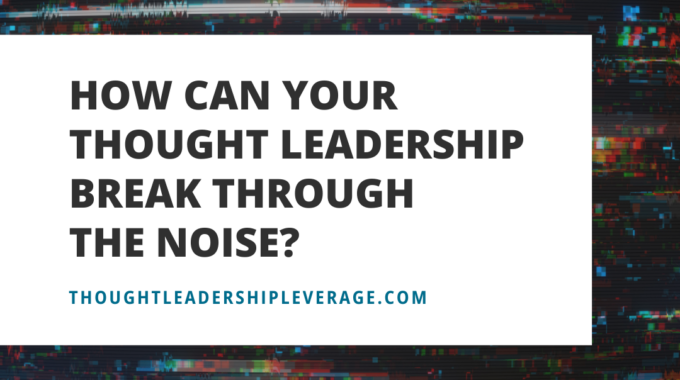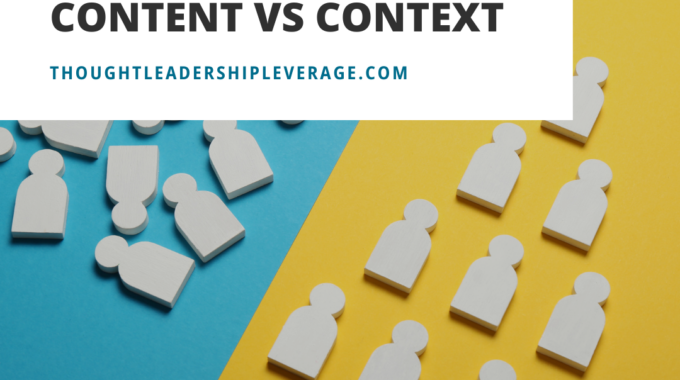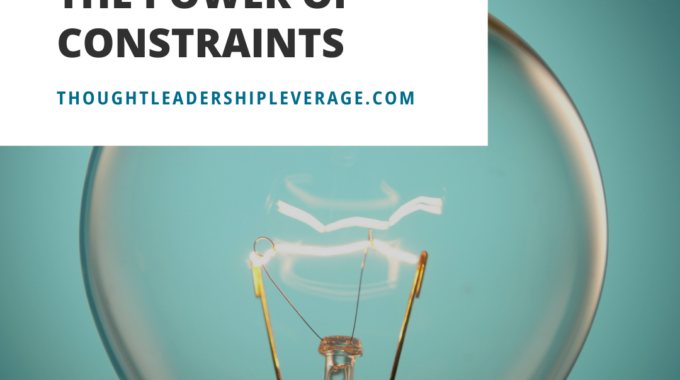Hey, thought leaders! I want to tell you about a powerful approach to thought leadership…
Your Products Need a Roadmap – Don’t Drive Them Off a Cliff!
A lot of thought leaders create product in one of two ways. They either create something because they find the exercise intellectually interesting, or they create material for one client as a one-off, purely custom, bespoke, to serve that client’s specific need.
Before you design products for your thought leadership, ask yourself a few questions. First, “How do I create this product in a way that will stay evergreen?” And second, “Will there be ongoing demand for this idea?” Unless your product takes those questions into account, you’re just wasting your time creating things that no one will ever use.
Start with a roadmap.
Before you create anything, consider the cost of production, the timing, and the amount of return necessary to make the work profitable. How much money are you willing to put into the product? How much money will your audience pay? What pain points are you trying to address, and when will this product’s release be most opportune?

Once upon a time, we had old bulky monitors on our desks.
Then, we had laptops, and flat screens, and soon after, tablets. These days, you can’t even donate a CRT monitor or television to charities. They won’t take them, because no one wants to consume content through such bulky and outdated machines. Ask yourself, “Will this product last three years, or will it last ten?”
Similarly, books, video learning series, and organizational diagnostics must be timely and easy to consume. Some are short-term investments, while others are longer-lasting. You have to remember that any product – a loaf of bread, a television, or your products – will have a shelf life. You can’t sell two-week old bread in a restaurant, and you can’t serve 1990’s e-learning to clients and expect that they’ll be satisfied. Sure, there are workarounds to make old modalities work in new formats, but be prepared for certain formats to eventually fall out of use. For every product, there’s a maintenance cost and a lifecycle. In the world of e-learning, new technologies and platforms are constantly being rolled out, and new methods of learning spring up all the time. What will your product cost to update? What is it’s expected lifecycle, and when will it need updating? How can the product be evergreen, right from the start?
Also, consider demand.
There’s both a benefit and a curse in creating a product that no one has ever built before. The benefit is that you’re unique in the market. Nobody else has this product, so you’ll have something singular to offer clients. The disadvantage is that nobody has ever bought this product, either. Your clients may not know it exists. They may not have a budget for this type of solution, and that makes it harder to find the resources to purchase it.
Create a solid product roadmap, and share it with current clients and advocates who love your content. You can use their feedback to gauge market demand, and that will help to prevent you from spending development dollars on products that will just sit on a shelf (physical or electronic) gathering dust.




